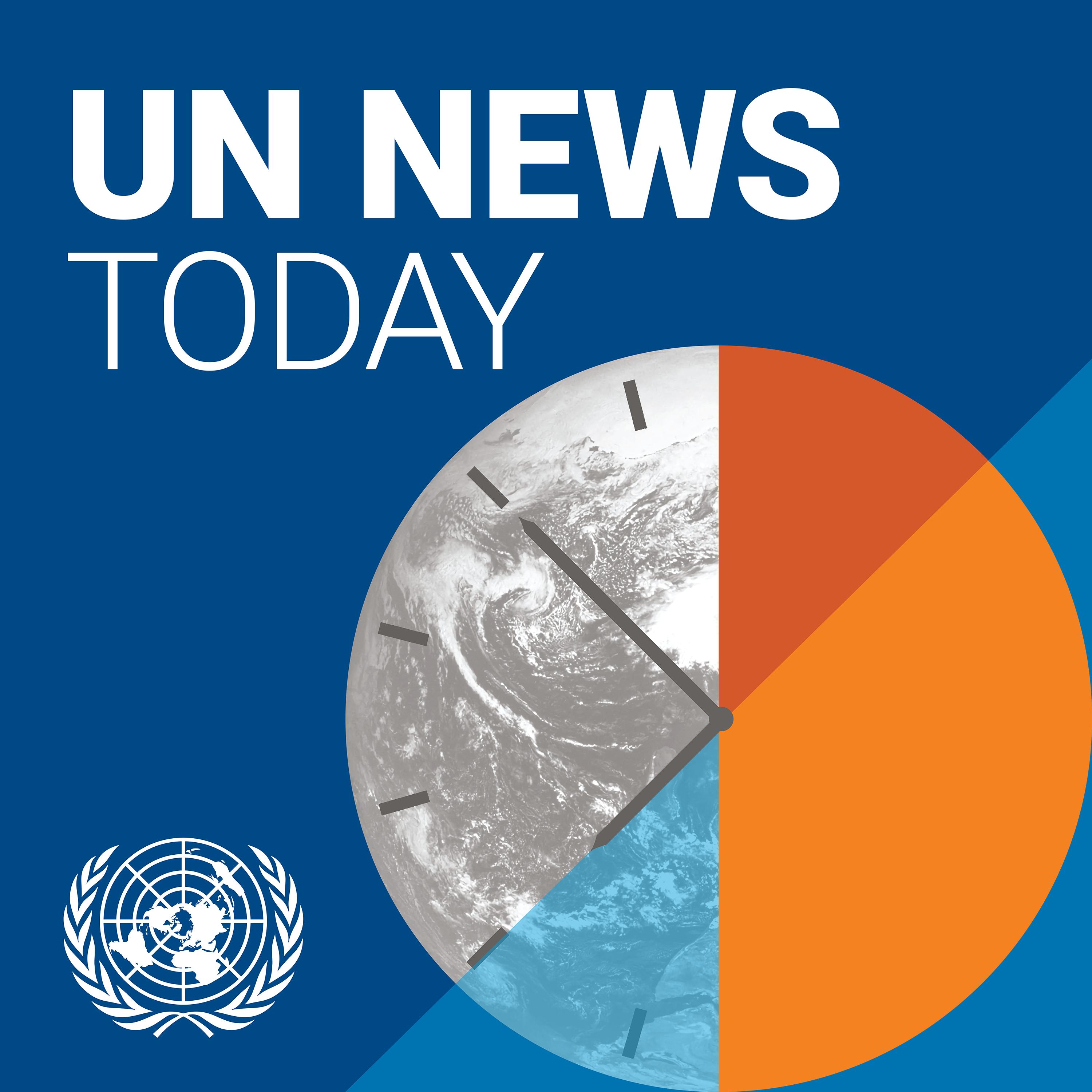How the Global Fund to Fight AIDS, Tuberculosis and Malaria Saves LivesThe Global Fund to Fight AIDS, Tuberculosis and Malaria was created in 2002 as a partnership between governments, philanthropies and civil society. At the time, these three diseases were completely out of control, killing millions of people each year and with no end in sight. 17 years later, thanks in large part to the Global Fund, we can imagine the end of AIDS, TB and Malaria. Deaths from these three diseases have declined precipitously. Instances of infection have also declined--though not as sharply as mortality rates. In all, some $32 million lives have been saved through the Global Fund, which is essentially a pool of money that is strategically disbursed in select countries to reduce instances and deaths from these diseases. The way this money is raised is from contributions from donors, the most significant of which are countries. And in late October in Lyon, France the Global Fund held a pledging conference in which it sought to raise a minimum of $14 billion to cover its operations over the next three years. And as my guest today Peter Sands explains it was something of a nail-biter in Lyon as to whether or not they would hit that goal. Peter Sands is the executive director of the Global Fund. And in this conversation he takes us behind the scenes at that donor conference. We discuss progress against those three diseases, how the global fund works and why of those diseases Tuberculosis has been the most difficult to confront.
# TuberculosisAn infectious disease caused by the bacterium Mycobacterium tuberculosis, primarily affecting the lungs and is known for being difficult to control.


